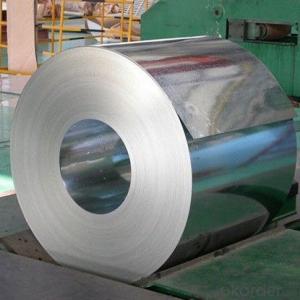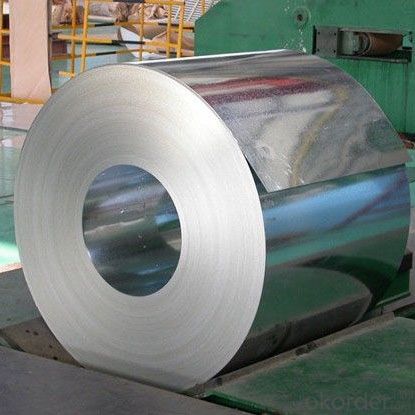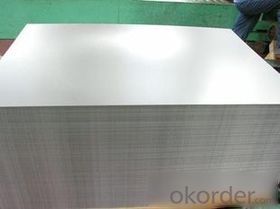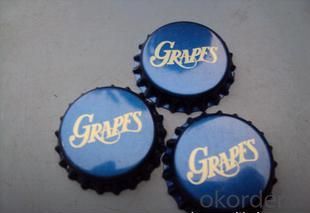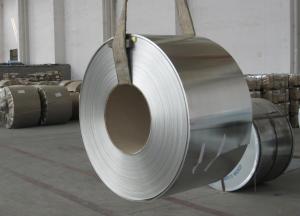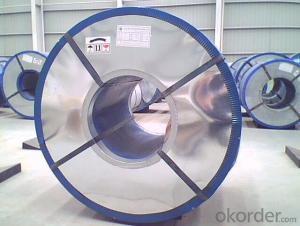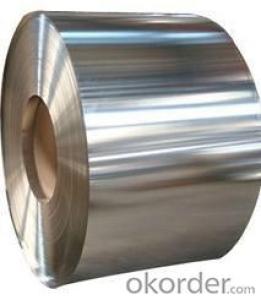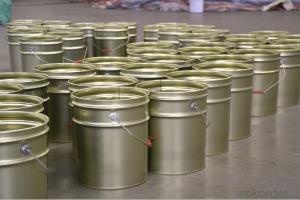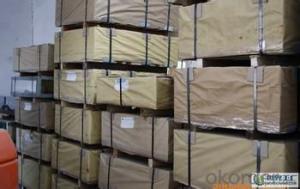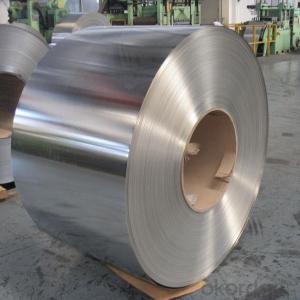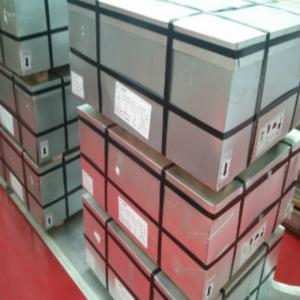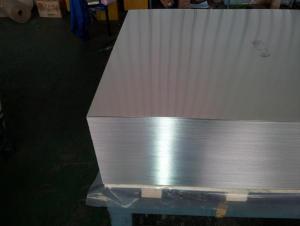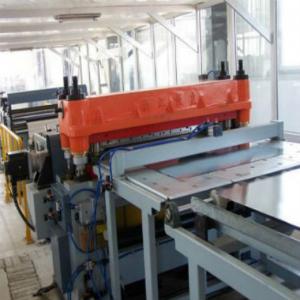folha de flandres para Crown ,Tampa da coroa
- Loading Port:
- China main port
- Payment Terms:
- TT OR LC
- Min Order Qty:
- 25 m.t.
- Supply Capability:
- 10000 m.t./month
OKorder Service Pledge
OKorder Financial Service
You Might Also Like
Specification
Descrição do Produto:
Informações gerais de folha-de-flandres de Crown,Tampa da coroa
Tipo de aço | MR |
TêmperA (BA&CA) | T1~T5, DR8 |
Revistimento | 2.8~8.4g/m2 |
Espessura | 0.15~0.5mm (Tolerance:±0.01mm) |
Largura | 600~1000 mm(Tolerance: +2/-0mm) |
I.D | 508 MM |
Pessado | 3~10 MT |
Passivação | 311 |
óle | DOS |
Surface Finish | Bright ,Stone ,Silver ,Matte |
Mínimo de pedido | 25 Tons for 1 20 feet FCL |
Embalagem | Seaworthy Export Standard Wooden Pallet |
Padrão | GB/T2520-2000, JIS G3303, ASTM A623, BS EN10202 |
Prazado de Entrega | 35 days after receiving buyer's original L/C or Prepayment |
Especificações especiais estão disponíveis de acordo com os requisitos do cliente. | |
Dados técnicos de folha de flandres de Crown,Tampa da coroa
Chemical Composition(%) | Mechanical Property |
C:0.02~0.04 | Yield Strength: (Mpa):280~320 |
Si:0.01~0.03 | TensileStrength: (Mpa):340~390 |
Mn:0.18~0.22 | Elongation:20%~30% |
P:0.014~0.016 | ------------- |
S:0.006~0.009 |
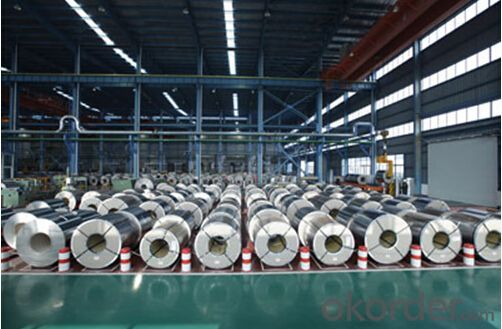
Aplicação de folha-de-flandres: Crown
Aparência - O Tinplate é caracterizado por seu belo brilho metálico. Produtos com vários tipos de rugosidade superficial são produzidos selecionando o acabamento superficial da chapa de aço do substrato.
Capacidade de pintura e impressão - As folhas de flandres têm excelente capacidade de pintura e impressão. A impressão é perfeitamente acabada com várias lacas e tintas.
Formabilidade e resistência - as placas de estanho têm uma excelente formabilidade e resistência. Ao selecionar um grau de têmpera adequado, a conformabilidade apropriada é obtida para diferentes aplicações, bem como a resistência necessária após a conformação.
Resistência à corrosão - Tinplate tem boa resistência à corrosão. Ao selecionar um peso de revestimento adequado, a resistência à corrosão adequada é obtida contra o conteúdo do recipiente. Os itens revestidos devem atender ao requisito de spray de sal de 5% em 24 horas.
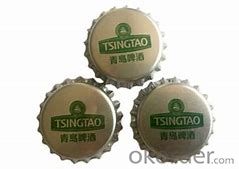
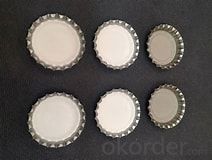
Ambiente fabril:
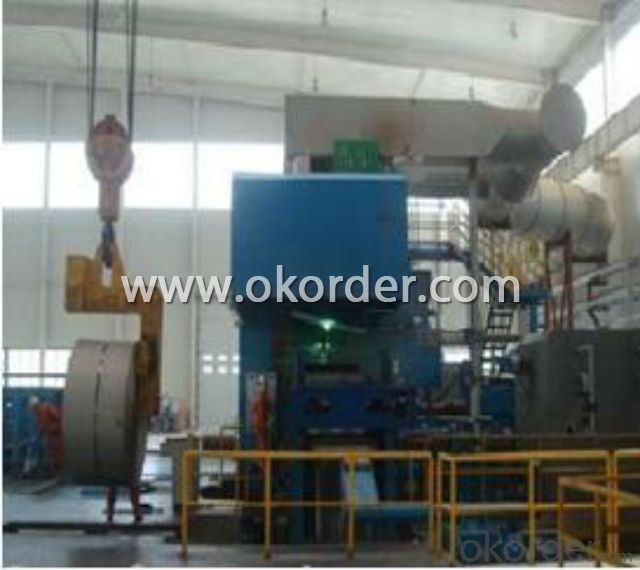
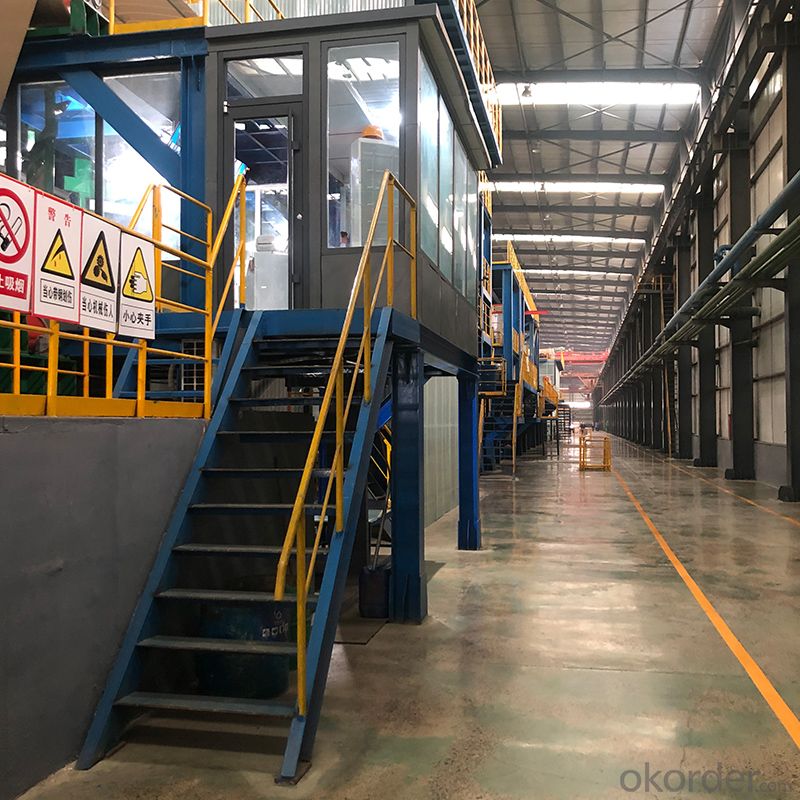
- Q: What is the shelf life of products packaged in tinplate?
- The shelf life of products packaged in tinplate can vary depending on various factors such as the type of product, packaging conditions, and storage conditions. However, tinplate is known for its excellent barrier properties and resistance to corrosion, which can help extend the shelf life of products. In general, products packaged in tinplate can have a relatively long shelf life ranging from several months to a few years.
- Q: How is tinplate coated with protective lacquer?
- Tinplate is coated with a protective lacquer through a process called coil coating. This involves applying a thin layer of lacquer onto the surface of the tinplate using a roller or spray method. The lacquer acts as a barrier, protecting the tinplate from corrosion, oxidation, and other environmental factors, ensuring its longevity and durability.
- Q: What printing methods are used on tinplate?
- The commonly used printing methods on tinplate include lithography, offset printing, and screen printing.
- Q: Can tinplate packaging be used for personal care products?
- Yes, tinplate packaging can be used for personal care products. Tinplate is a suitable material choice for packaging personal care products such as lotions, creams, and cosmetics due to its durability, resistance to corrosion, and ability to protect the contents from external factors such as light and moisture. Additionally, tinplate packaging can be easily customized and decorated to enhance the product's appeal.
- Q: How does tinplate compare to tin-free steel in terms of properties and applications?
- Tinplate and tin-free steel have distinct properties and applications. Tinplate, which is steel coated with a thin layer of tin, offers excellent corrosion resistance, formability, and solderability. It is commonly used in the food and beverage industry for making cans, containers, and closures due to its ability to preserve the product's quality and prevent contamination. On the other hand, tin-free steel, also known as electrolytic chromium-coated steel, provides superior paint adhesion, scratch resistance, and weldability. It finds applications in manufacturing various products like aerosol cans, automotive parts, and appliances that require durability and aesthetic appeal. Ultimately, the choice between tinplate and tin-free steel depends on the specific requirements of the application at hand.
- Q: What is the difference between Maguchi Tetsu tinplate and galvanized board
- Zinc plating on the surface of thin steel plates and steel strips by continuous hot dip plating prevents corrosion of the surface of thin steel plates and steel strips. Galvanized steel sheet and steel strip are widely used in machinery, light industry, construction, transportation, chemical industry, post and telecommunications and other industries.
- Q: What kind of metal material is tinplate? How much is the current price per ton?
- Tinplate is a tin covered with tin, it is not easy to rust, also known as tin iron.
- Q: Cookies with tinplate packaging has what advantage
- 1. good mechanical properties: tinplate cans relative to other containers, such as plastic, glass, paper containers and strength, and good rigidity, it is not easy to break. It is not only used for small sale packing, but also the main container for large transportation package. 2. excellent barrier: Tin than any other...
- Q: What do tinplate do?
- Maguchi Tetsuya is called tinplate, national standard GB2520:2008, is cold-rolled sheet steel, every square plated with commercial 1.1 g, 2.8g, 5.6g, 8.4g, 11.2gFor use, it can be used in food cans, beverage cans, chemical barrels, milk cans, electronic components, etc., is a widely used packaging materials.
- Q: Can tinplate be used for packaging soups and broths?
- Yes, tinplate can be used for packaging soups and broths. Tinplate is a commonly used material for food packaging due to its excellent barrier properties, which help preserve the quality and freshness of the contents. It is also resistant to corrosion and can withstand high temperatures, making it suitable for packaging hot soups and broths.
Send your message to us
folha de flandres para Crown ,Tampa da coroa
- Loading Port:
- China main port
- Payment Terms:
- TT OR LC
- Min Order Qty:
- 25 m.t.
- Supply Capability:
- 10000 m.t./month
OKorder Service Pledge
OKorder Financial Service
Similar products
Hot products
Hot Searches
Related keywords
